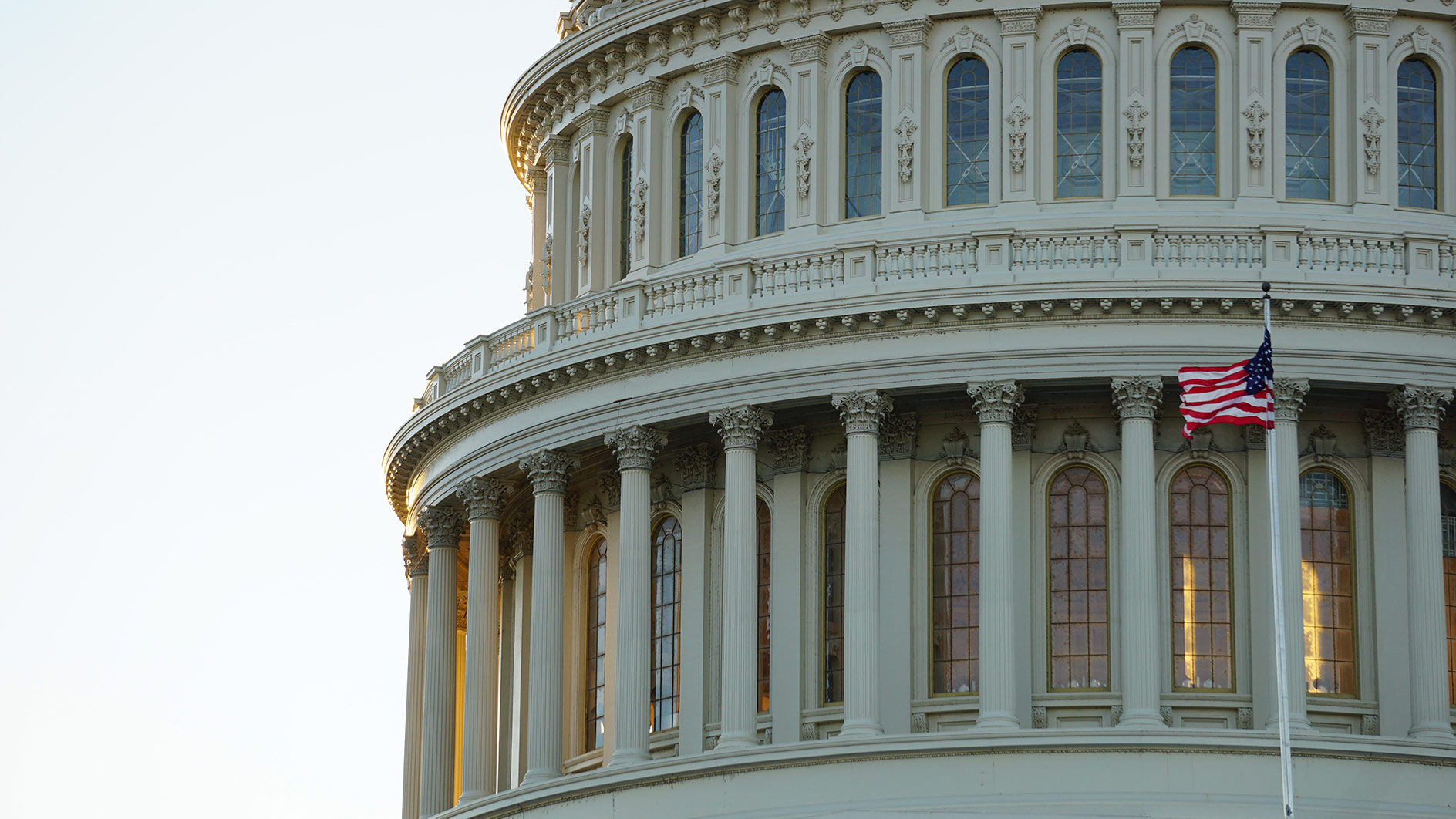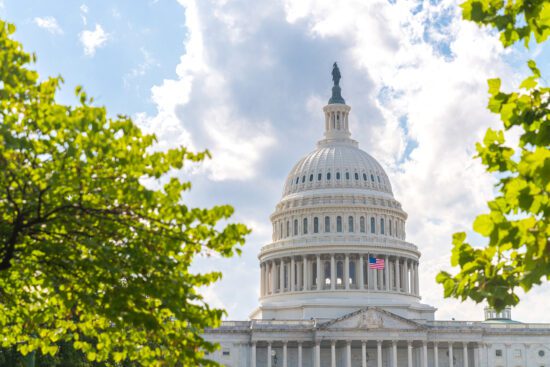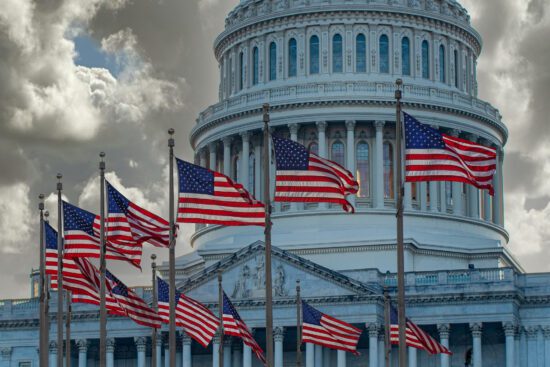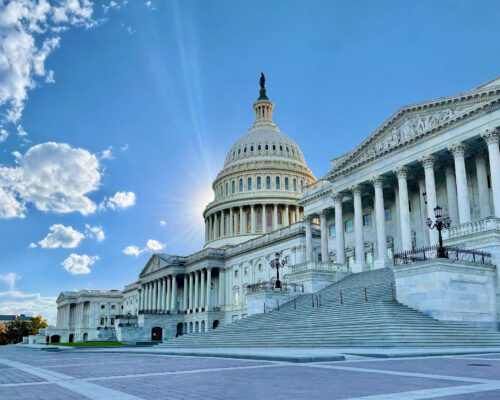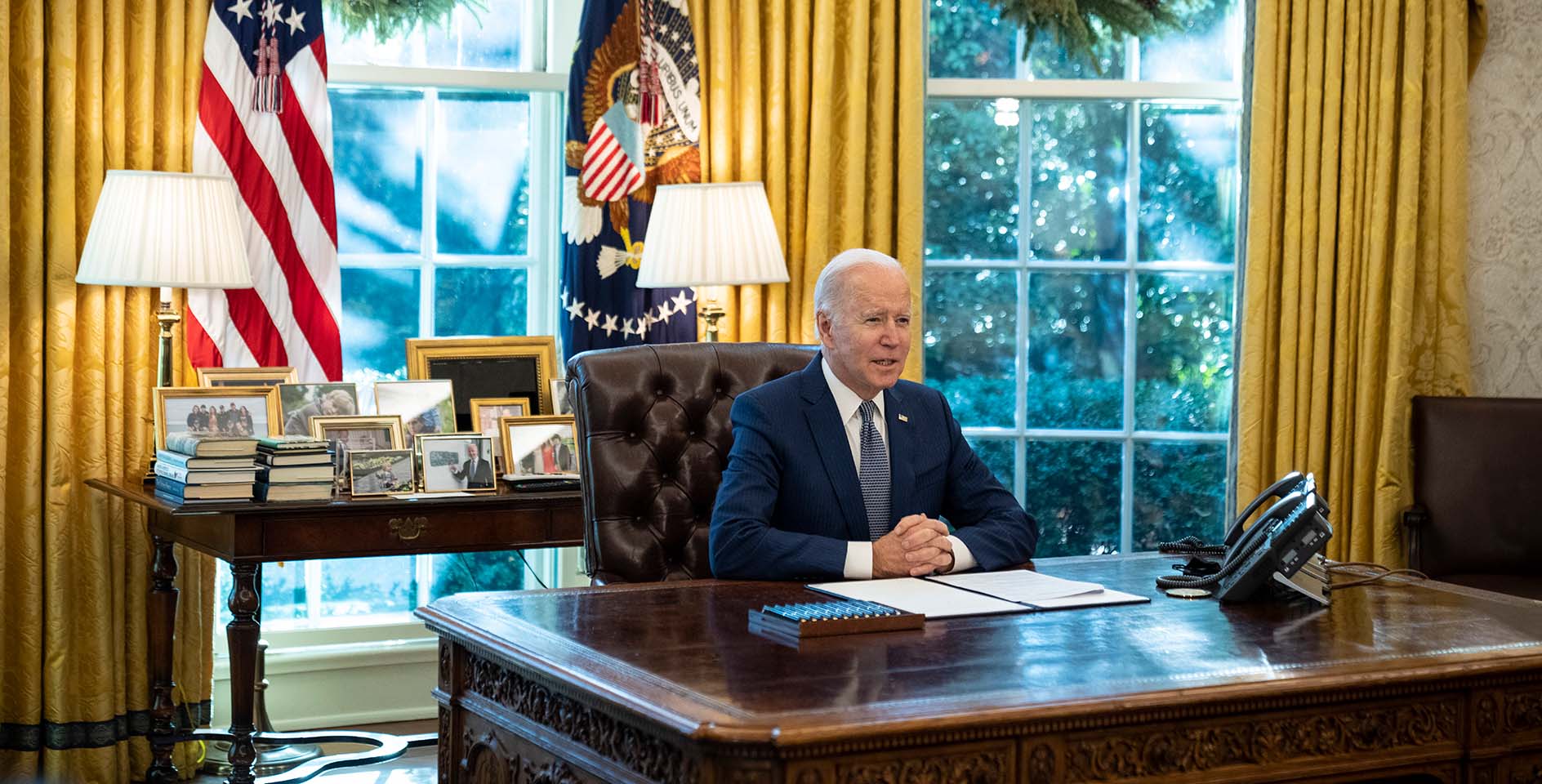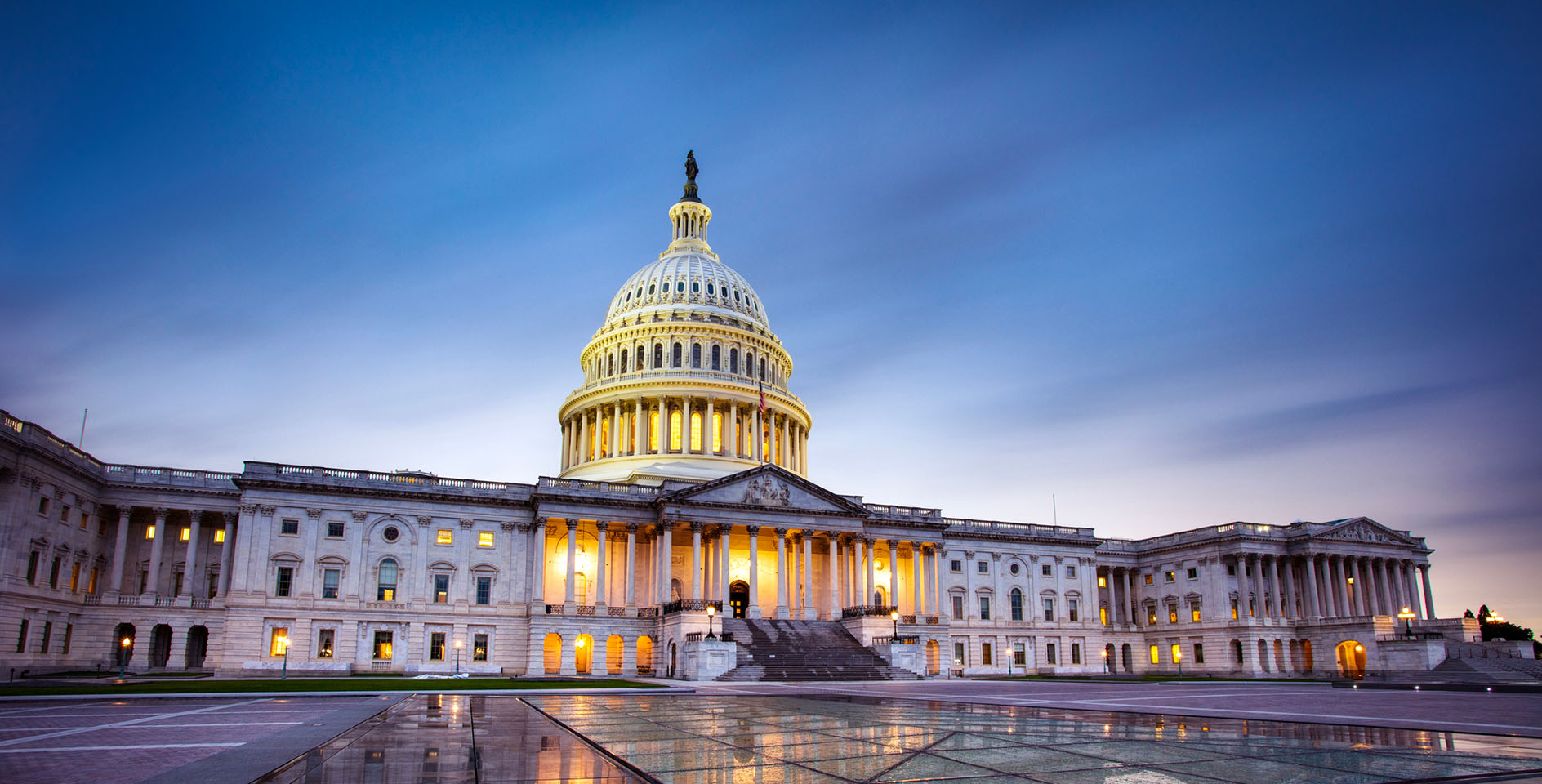This weekend, the Senate is delaying their long-awaited August recess to consider a major funding package. The Inflation Reduction Act (IRA) of 2022 is a smaller version of President Biden’s failed Build Back Better package that included over $2.4 trillion in new spending. The IRA introduces $485 billion in new spending on energy subsidies, stricter tax enforcement, and healthcare provisions, and the bill promises to reduce deficits by $305 billion through 2031. Senators will spend their weekend debating and amending this large omnibus package using a complex legislative tool known as “reconciliation.” As Christians seek to be well informed on the workings of our government, play an active role in our democracy, and ensure the well-being of our neighbors, it is important to more fully understand this complicated procedure.
What is the reconciliation process?
Normal legislative debate is guided by long-standing filibuster rules. The filibuster requires 60 votes to invoke cloture, a key vote that ends otherwise endless debate and blocks the offering of unrelated amendments. But legislation considered under the reconciliation process is not subject to filibuster rules. Instead, the Congressional Budget Act of 1974 automatically limits Senate debate to 20 hours, blocks germane amendments, and only requires a simple majority vote to advance a reconciliation package from the chamber. These adjusted rules empower a simple majority of senators to bypass legislative gridlock and fast-track legislation to the president’s desk.
Since the process’ inception, many landmark reconciliation packages have had major implications for federal spending and tax policy. Over almost 50 years, Congress and the president have enacted 22 reconciliation packages, including deficit reduction bills in the 1980s and 1990s, the Clinton welfare reform package in 1996, the Bush tax cuts in 2001 and 2003, the Obama Affordable Care Act amendments in 2010, the Trump tax cuts in 2017, and the American Rescue Plan supported by President Biden in 2021.
What is the Byrd Rule?
While the reconciliation process can be a useful tool to pass heavily partisan legislation, Senate rules strictly limit the scope and content of any reconciliation bills. A reconciliation directive known as the Byrd Rule instructs Congress to only consider budgetary provisions that modify federal spending, revenues, or the public debt limit. Typically, reconciliation only affects mandatory spending programs that do not require annual authorization: Medicare, Medicaid, SNAP, and federal civilian and military retirement. The Byrd Rule also specifically prohibits Congress from modifying Social Security programs.
Under the Byrd Rule’s complicated review process, often called a “Byrd bath,” any senator can raise a point of order to block “extraneous” provisions that fall outside the aforementioned budgetary categories. The non-partisan Senate parliamentarian interprets whether the provision is indeed incidental to the process’ budgetary purposes and can delete such extraneous provisions, called “Byrd droppings,” from the package.
For example, during Byrd bath review of the American Rescue Plan of 2021, an expansive COVID-19 relief package, the Senate parliamentarian struck down a proposed amendment to raise the federal minimum wage to $15 per hour, much to the consternation of Senate Democrats.
What is a “vote-a-rama”?
While the special reconciliation procedures limit the amount of debate, the rules do not restrict the number of amendments that can be offered on the Senate floor. Once the 20-hour debate limit has ended, any remaining amendments are considered with little to no debate—a process known as a “vote-a-rama.”
Each party is allotted about 30 seconds to comment on the proposed amendment, then the entire body immediately votes on the amendment. Depending on the amount of amendments offered, a vote-a-rama can last for hours, even overnight. The IRA vote-a-rama is expected to begin Saturday evening and end sometime Sunday afternoon.
The minority party typically leverages this amendment process to force majority-party senators to stake out politically unpopular positions. Given that, viewers should expect Republicans to propose hundreds of amendments on climate policy, inflation, and immigration.
How is the ERLC involved?
The ERLC will be carefully tracking the proposed amendments to the reconciliation bill and are committed to ensuring that pro-life and religious liberty protections are maintained. We had deep concerns about the Build Back Better package that was negotiated at the end of last year. We will always defend life and conscience protections, and are grateful for the members of Congress that will offer amendments protecting the pre-born and American consciences.



